For $4.8 million you can buy this nearly 400-acre historic Nova Scotia estate
The home was built by an American steel industrialist and recently refurbished by bookseller Nicholas Hoare
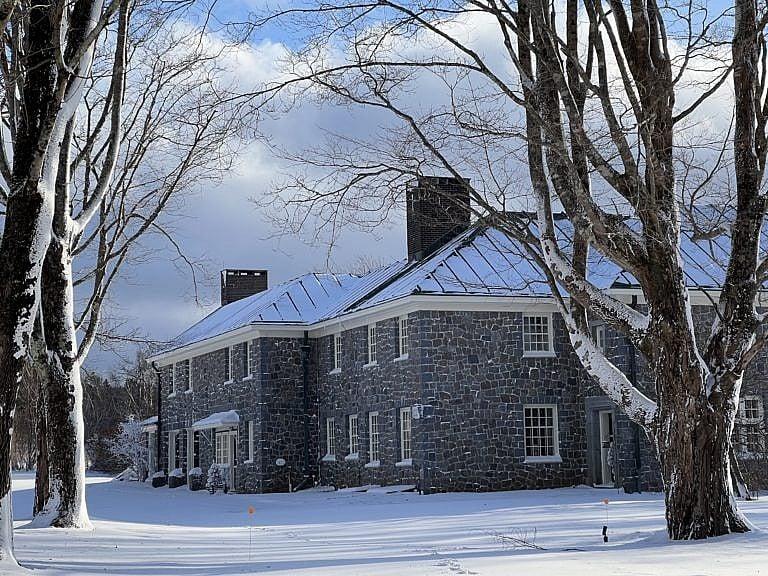
Share
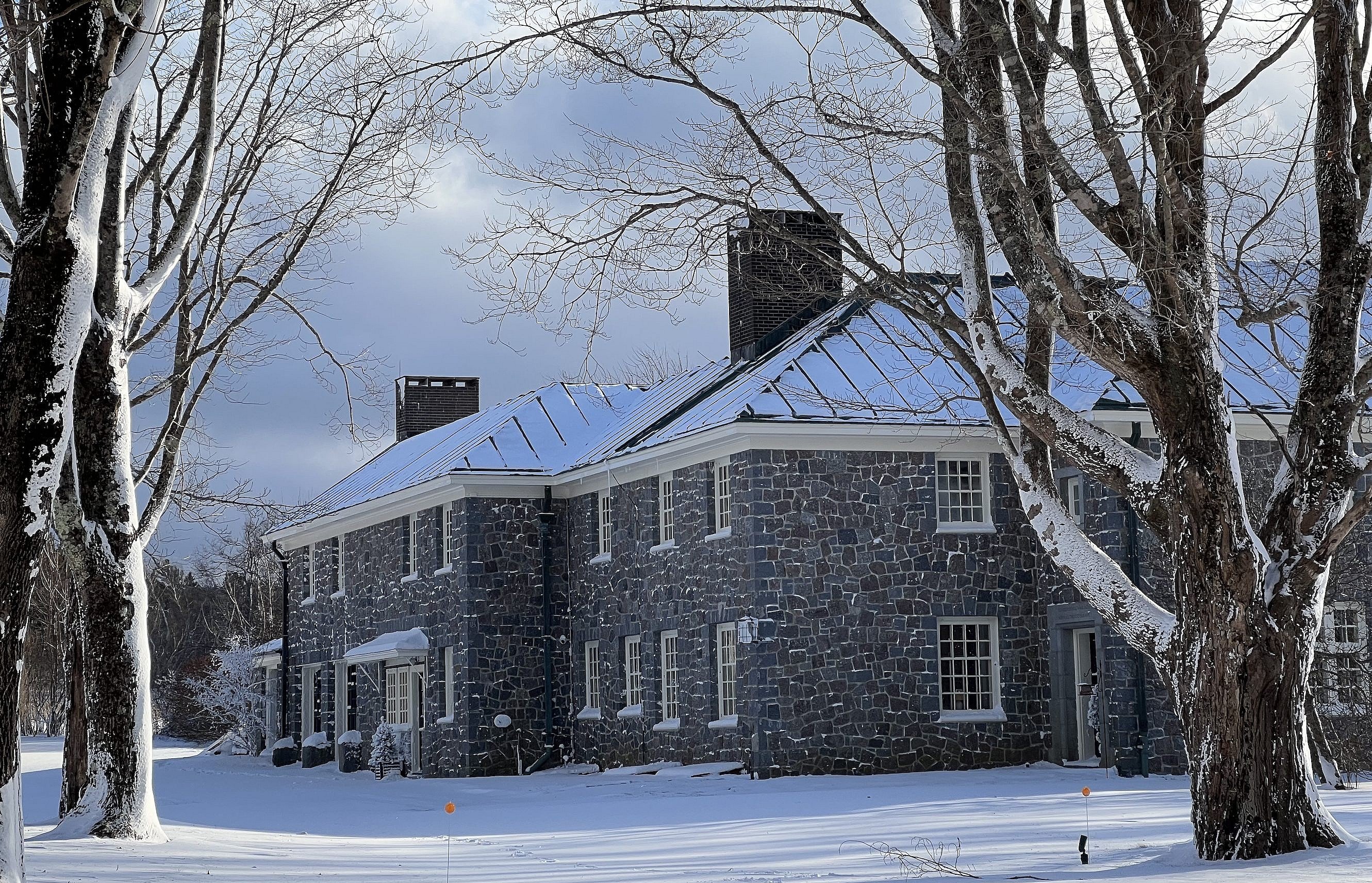
Annapolis Royal is a rustic Nova Scotia town with a population of just 460 people. Back in the 1920s, it was home to Edwin Stanton Fickes, a steel industrialist based in Pittsburgh, who commissioned the construction of a home in 1929. The building, which took six years to complete, sits on a 383-acre estate near the Annapolis River. Over the years, the old-fashioned five-bedroom property has received some contemporary upgrades and is currently on the market for $4.8 million.
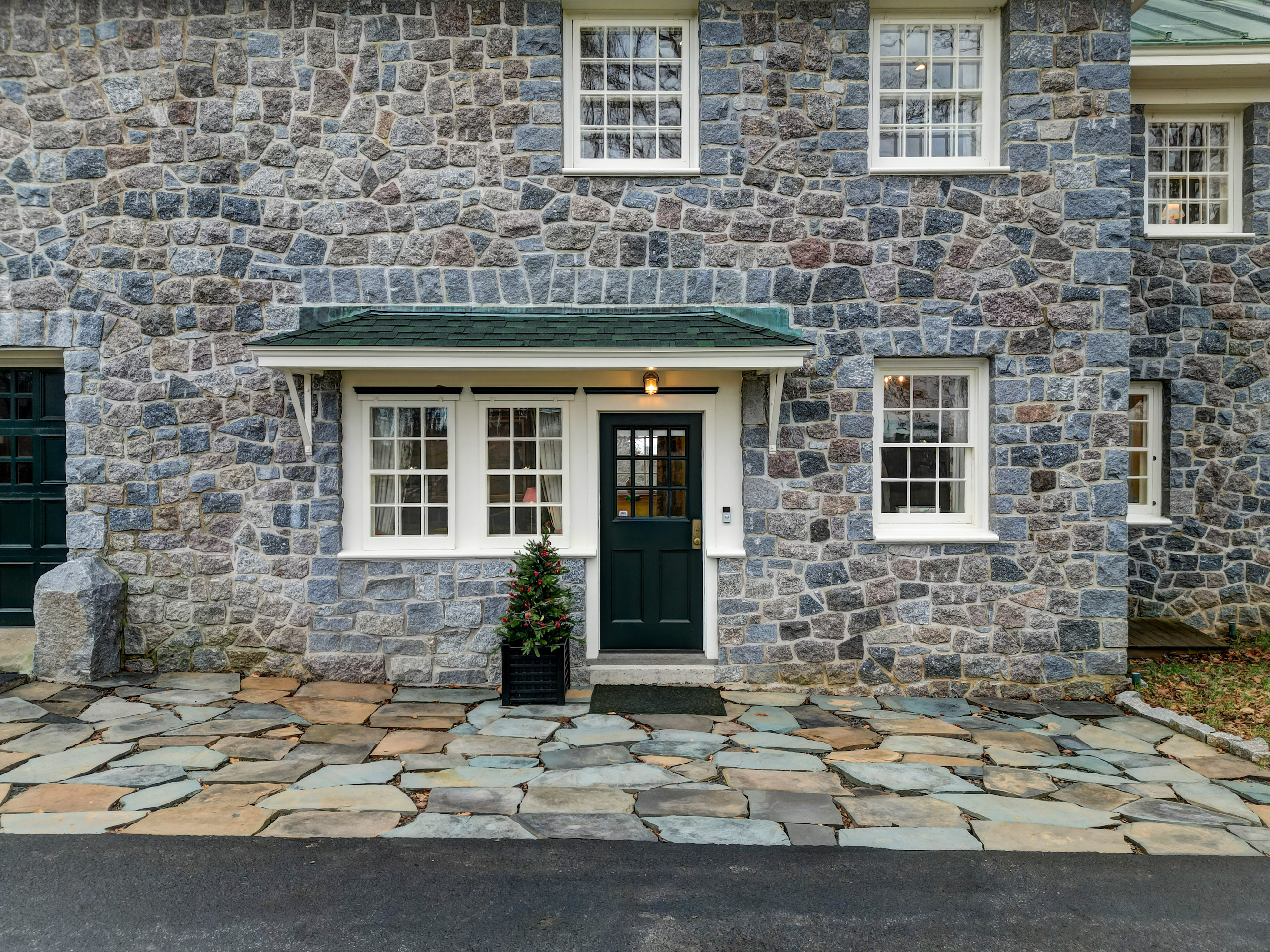
The current owner of the home is former bookseller Nicholas Hoare and his wife, Margot, who call the place This Old Hoare House. The couple purchased the home in 2006 and retired to Annapolis Royal in 2013, with the intention of restoring the estate to its previous grandeur. The place was in shambles—there were leaky chimneys, moisture and mould on the walls, a waterlogged basement and 1930s circuitry. The restoration took seven years to complete.


The owners wanted to modernize the property while respecting the home’s foundation and unique art-deco design elements. The original slate and oak floors were repolished and refinished, stucco walls—which Fickes had commissioned from a Swiss artisan— were resurfaced. Most importantly to Hoare, the wall-to-wall custom-built bookshelves were kept intact: for the past decade, they’ve housed Hoare’s 18,000 books (mostly first editions).
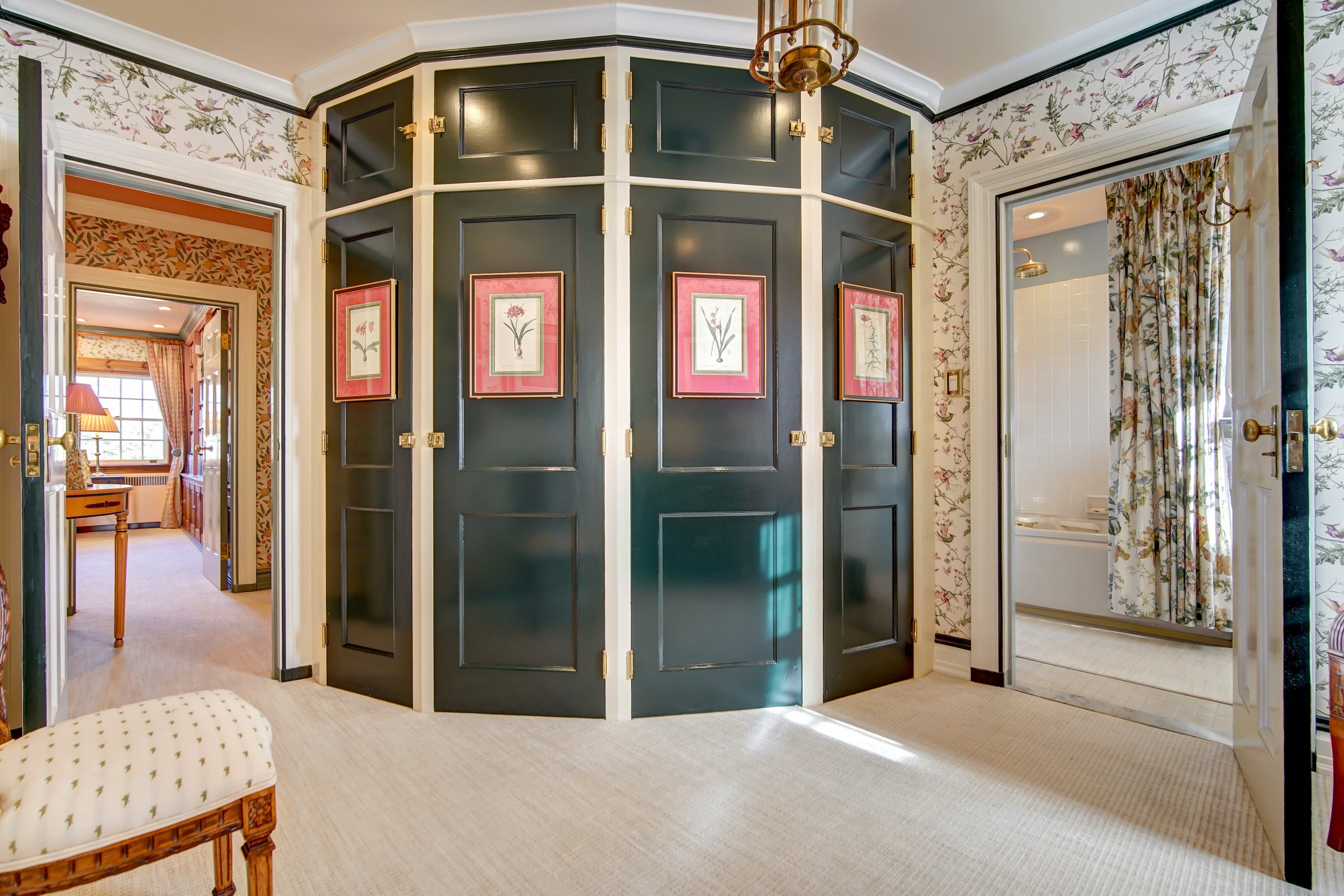

The second-floor primary bedroom includes a sitting room, a dressing room and an electric Dimplex fireplace.
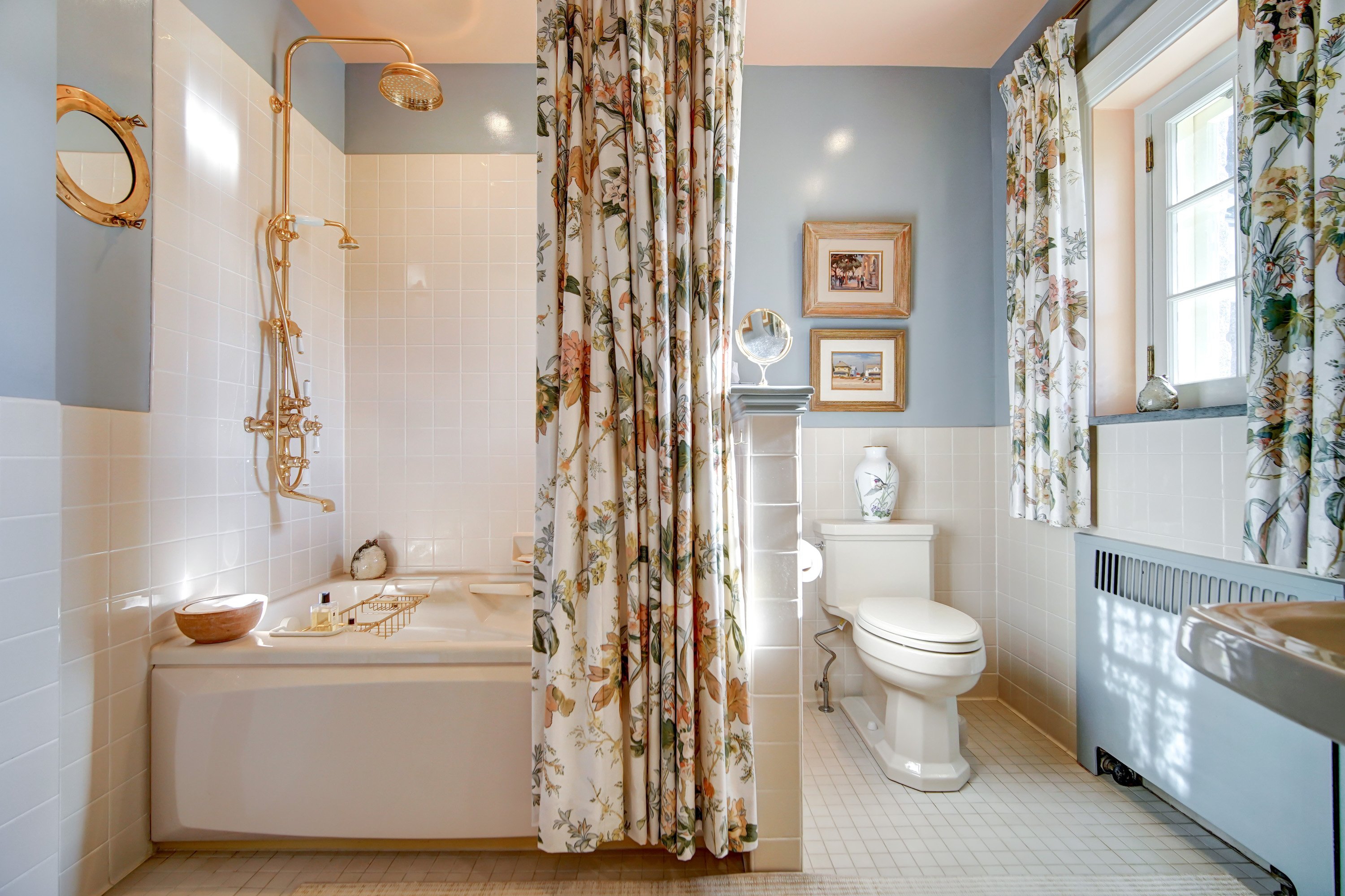
The updated main bathroom features a custom-fitted Thomas Crapper toilet imported from the U.K .and underfloor heating.
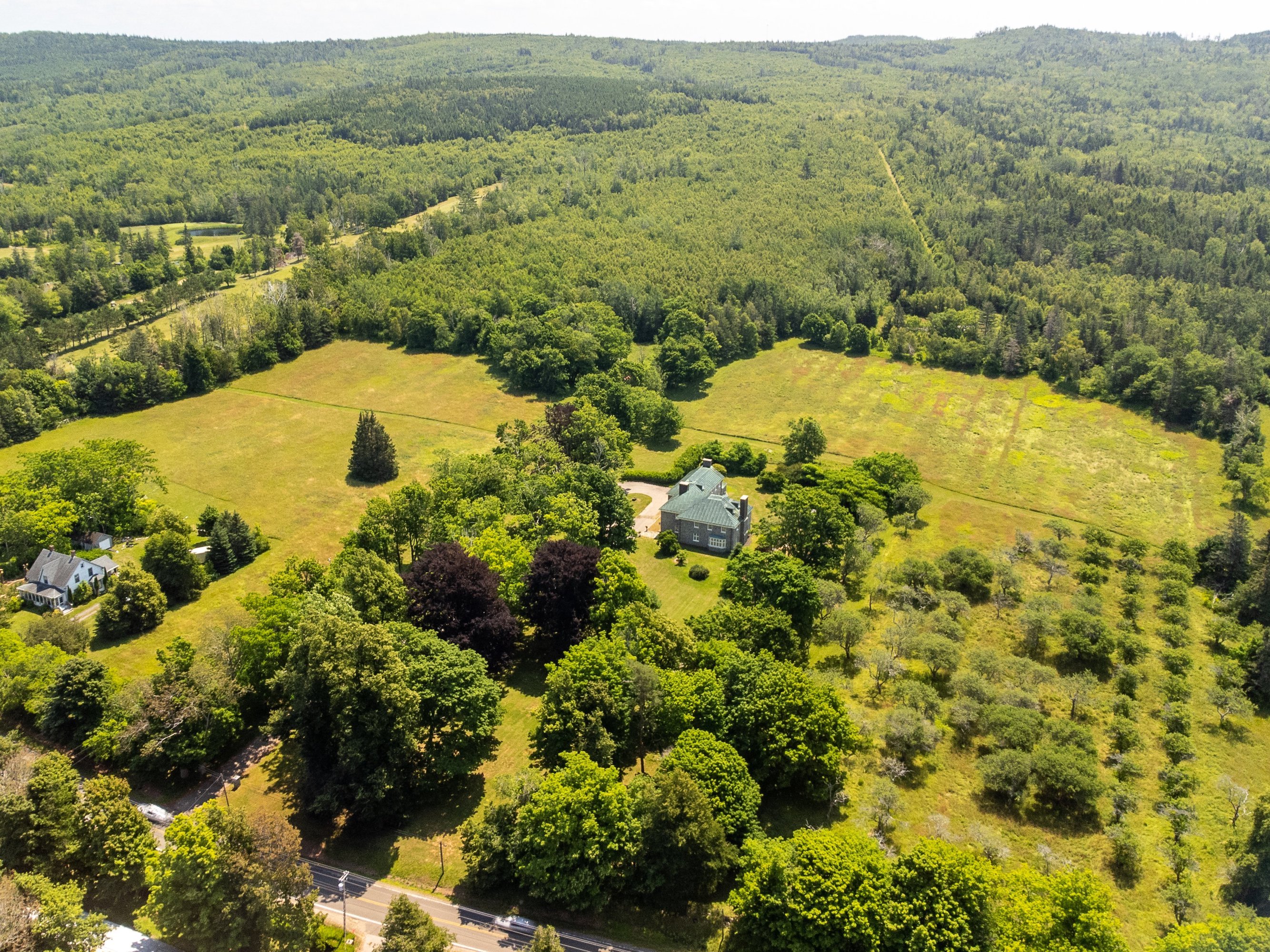
The property includes an apple orchard.

A butler’s pantry connects the kitchen and the dining room. New lighting was added during the house-wide electrical restoration. It took three kilometres of cable and eight electricians to rewire the house for 21st-century use.

In the kitchen are more built-in bookshelves. The living room features a Belgian STUV fireplace insert, Nova Scotia’s first. It took two painters 18 months and 60 unique colours to dress each of the 21 distinct rooms.

The second-floor media room used to be the servants’ quarters. It features exposed-wood crossbeams, century-old brick and the original servants’ staircase. There’s a 65-inch TV behind a secret panel.
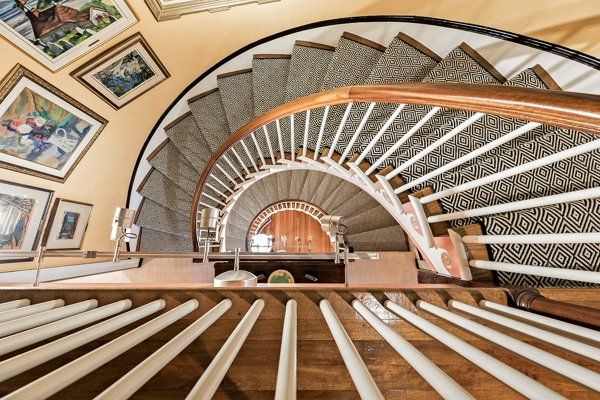
Speaking of staircases: the main foyer has a spiralling gem that winds its way to the third floor, home to an attic bedroom for kids outfitted with a bunk bed and a walk-in cedar cabinet.

The fortress-like property is a one-of-a-kind build in Nova Scotia, featuring a copper roof weighing several tonnes and 18-inch-thick walls. Fickes was a steel magnate, so bridge-strength Pittsburgh steel supports the foundation.
The estate was also designed to be an impenetrable bunker. Fickes, who saw the possibility of World War Two looming, ordered his contractors to build 50,000-gallon cisterns underground, powered by two enormous boilers.
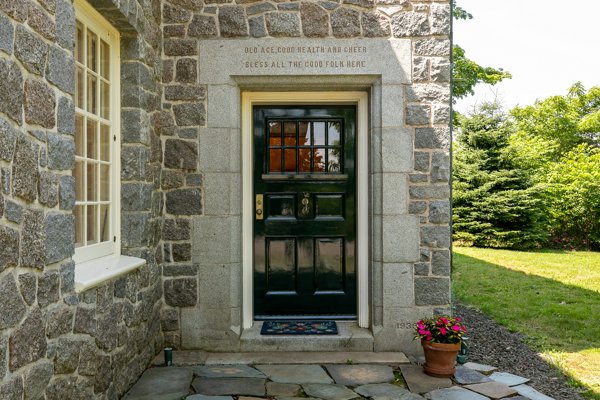
Outside the home, there’s an inscription above what was likely once the servants’ entrance. It reads: “Old Age, Good Health and Cheer, Bless All the Good Folk Here.” The contractors repointed the stone pillars during the restoration and relaid original slate slab on the front door walkway and side entrance.